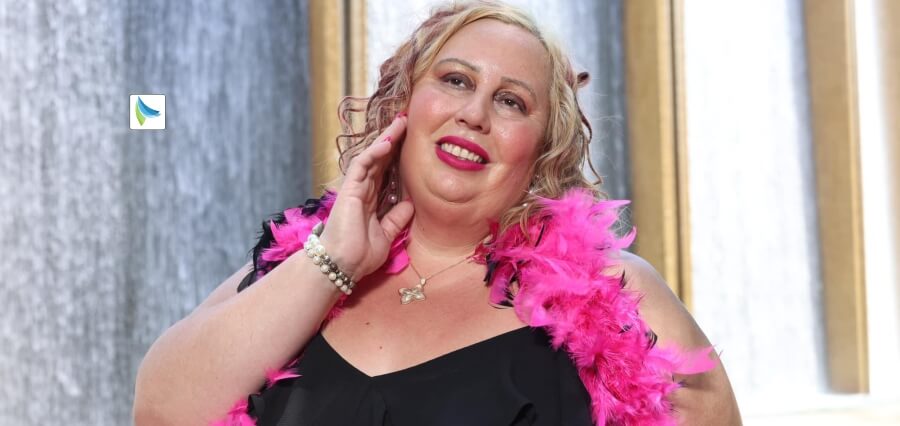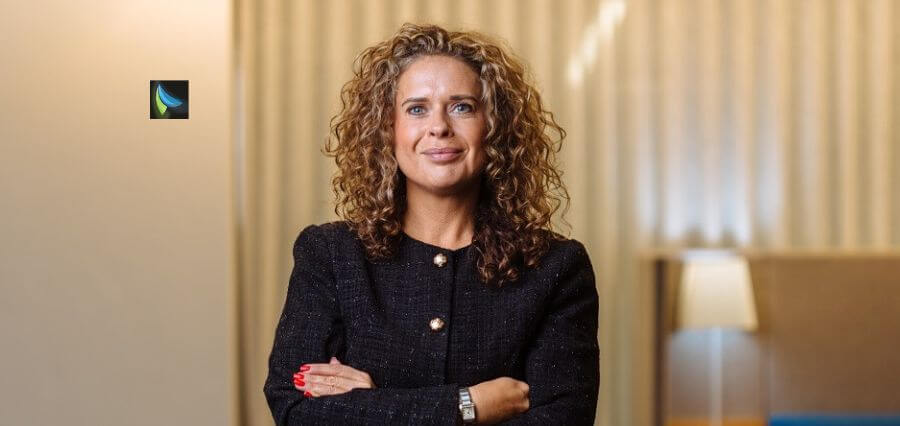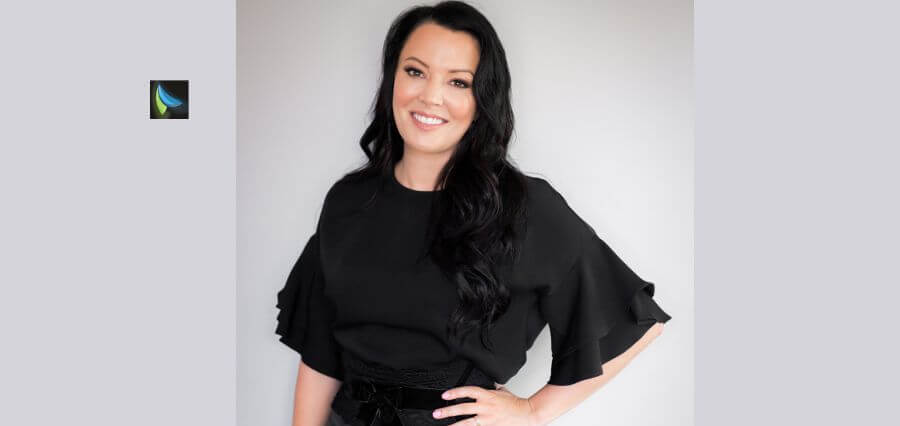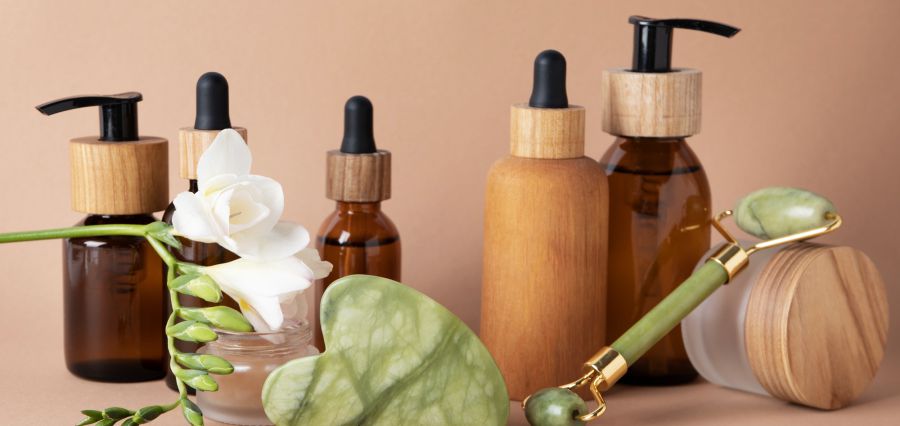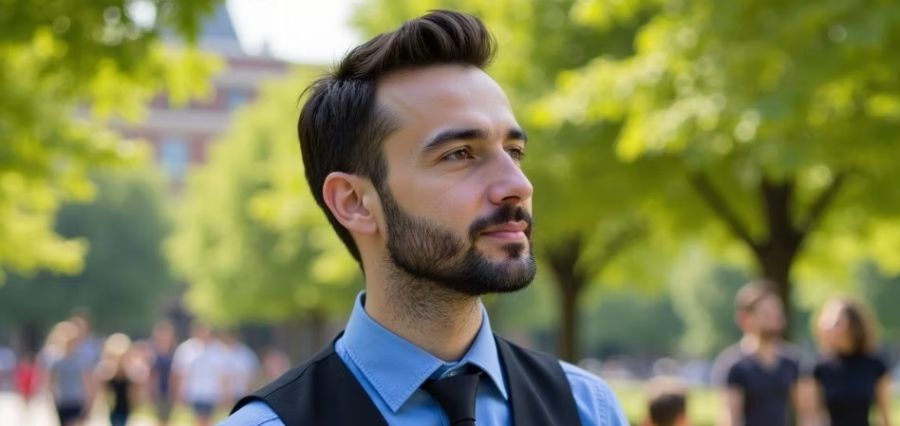The COVID-19 pandemic has created global concerns for sustainable health, complicated by reduced food security and hampered supply chain. This state of unrest is long-standing and has us seeking and applying new measures to stay healthy at home, work, and in the community.
ClearAir Device, founded in 2018, stemmed from a deep concern for a close friend who faced a cancer diagnosis. Extensive research directed to ozone therapy as a demonstrated eradicator for cancer cells and other complex diagnoses. The clinical reports and testimonies were inspiring enough to promote the proof of concept that ozone kills 99.99 % of water and air-borne viruses.
ClearAir Device was incorporated during the 2021 COVID-19 pandemic. This timing was ideal as the EPA, FDA, USDA, and Health Canada relied on ozone technology as an effective disinfection against the novel coronavirus (SARS-CoV-2).
We had the privilege of interviewing Paula Fortune, Founder and Operations Sales Manager of ClearAir Device. Paula reflected on her pre-pandemic career and how she leveraged over a decade of upper management capacities to manage and implement social inclusion and family intervention programs to advocate and support decentralized populations.
Below are the highlights from the interview:
Kindly brief our readers about yourself and your professional journey.
Societal advancements have always driven my career journey. The spirit of service drives me, and I’ve always been fascinated by health, science, and how to maximize positive outcomes, which led me to explore ozone technology.
Clear Air Device is driven by a passion for science and a vision to harness ozone technology for a cleaner, healthier, and more sustainable future. Career is still, therefore, still focused on helping people.
Our humble journey began in 2018 when a family member received a life-altering diagnosis. Fuelled by the desire to explore alternative health options, we embarked on a research mission. Several studies quantified the contaminants in our soil, food, and water as contributors to compromised health, so our journey to reduce the intake of toxic loads began.
The major question is: How do we remove contaminants and toxic loads from food and water? Stabilized Aqueous Ozone – a form of ozone water that is safe to use daily and in occupied spaces. Medical & FDA reviews demonstrate its efficiencies in water & food sanitization and killing and controlling SARV-CV19.
We were encouraged to find clinical reviews published by the National Library of Medicine (NCBI), which proved O3 or Ozone as effective, regulatory bodies approved, and with zero side effects.
Based on the testimonies and scientifically backed reports, we looked for local places to purchase the units and discovered that most were ozone gas only. They were expensive, bulky, and primarily designed for industries such as hospitality, food services, hotels, and healthcare. This was impractical for daily use at home, work, or traveling.
Limited access to such a critically important resource left us frustrated and worried about the steps we could take to enjoy these clinically informed benefits. We were pretty disappointed by a couple of the units we purchased but have other teams that have lasted for years, so I’ve become entirely versed in domestic ozone.
Please tell us about your company, its mission, and its vision. What role did you play in furthering its development and outreach?
ClearAir Device offers Aqueous Ozone Solution (AOS), a 2,000-year-old solution known to reduce food waste and remove viruses, bacteria, mold, and spores on contact. This is particularly important because COVID-19 remains stagnant in our wastewater, and microorganisms such as arsenic and pesticides transfer from the soil to our rice, vegetation, and meats, contributing to inflammatory diseases and compromised health in humans and pets.
Ozone is an oxidant in the atmosphere and is commercially produced by simple ozonizer machines or devices. It is a powerful antimicrobial agent in its gaseous and aqueous forms. Ozone readily dissolves in water and retains its antimicrobial properties even in the dissolved state.
Currently, in Italy, ozone can be used exclusively as a sanitizer. It is being reviewed by the European Environment Agency / Switzerland for use as a biocide, in disinfection food and animal feeds, drinking water, and as a preservative for liquids under the Biocidal Products Regulation (BPR) of ECHA.
In a CDC study, the antimicrobial effects of P< 0.05) ozonated water proved to *instantaneously kill Salmonella typhimurium/Escherichia coli, Typhimurium, E. coli, Pseudomonas-aeruginosa, Candida albicans and Zygosaccharomyces bailii cells and Yersinia enterocolitis, alike (National Institute of Health Gov).
As Regulatory bodies emphasize eco-friendly and effective cleaning solutions, our suite of innovative cleantech devices offers access to clinically informed, cost-saving ways to stay safe from infection at home, work, and in the community.
What was your inspiration to step into the industry that you are now serving?
There exist around 3,200 different types of parasites that can be found in the air we breathe, the water we drink, and the food we consume. Escherichia coli (E. coli) and salmonella can endure on clothing for several weeks. Pesticides that are toxic and present in our food are known to be cancerous and have adverse effects on our reproductive, immune, and nervous systems. The FDA has deemed ozonated water safe for consumption. This purified water source not only boosts the immune system but also cleanses the blood and enriches it with oxygen, resulting in improved brain focus and cognitive abilities.
Consumer attitude, behavior, and knowledge about food safety, cross/contamination, and viruses vary. Prospects are turned into valuable, repeat customers. Once they understand that rinsing meat with water OR not rinsing rice is inadequate, their perception of food safety is enlightened.
CDC.gov: The kitchen is the “germiest place in the house,” where bacterial contamination is far more common than in the bathroom; for example, kitchen rags, towels, knife holders, and sponges are notorious for bacterial contamination.
American Lung Association: Many cleaning supplies or household products can irritate the eyes or throat or cause headaches and other health problems. Some products release dangerous chemicals, including volatile organic compounds (VOCs).
We clean our homes to keep our families safe and healthy – but the cleaners we use may put our health and the environment at risk.
We know many common household cleaners contain hazardous chemicals — you’ve seen the skull and crossbones. But what other unknown, undocumented chemicals might be lurking inside?
My primary experience
AOS is an experiential sale because my pitch takes a prospect down a path of renewed perceptions. Many believe that “heat kills unwanted pathogens,” while others “do not wash their meat before seasoning or cooking…”.
I remind them of the many hands and unsanitary roads our meat takes before we pull it off that sanitary pad and throw it on the grill (not to mention the hormonal and penicillin loads) or the documented toxicity of our soil and the hormones, metals, arsenic, and pesticides accompanying veggies, rice, and legumes.
- A few rely on products like baking soda or vinegar.
- The semi-educated are happy to report purchasing fruit & veggie disinfectants.
- Most are passively concerned about cross-contamination.
Since the onset of the Pandemic, there have been a few blogs and research articles with similar reports. This article was written during the past CV19 Pandemic and summarizes a 1,500-person survey on consumer behavior specific to home health and food safety.
In Canada, there is no legal requirement for manufacturers to disclose all ingredients and hazards in household cleaning products. The following survey outlines consumer preferences and desires.
In the spring of 2012, the David Suzuki Foundation invited Canadians to expose the skeletons in their cleaning closets and participate in an online survey of toxic ingredients in their home cleaners.
Over 10,500 individuals participated in the survey, providing information for more than 15,000 home cleaning products.
Conclusion
Using a solution for the wrong application can result in expensive damage. With SAO, this is no longer a concern for the University of Wisconsin-Madison. With an all-in-one solution that is safe and effective for virtually all applications – classrooms, dorms, bathrooms, dining areas, and hallways – the University of Wisconsin-Madison eliminates any room for application error with SAO. “We have 41 Stabilized Aqueous Ozone dispensers in our buildings, and it is still a much cheaper way to clean and sanitize versus using traditional chemicals,” states Jodi Krause, Assistant Director of Housekeeping at the University of Wisconsin-Madison, “We’re saving over $25,000 annually by not buying harsh chemicals.”








